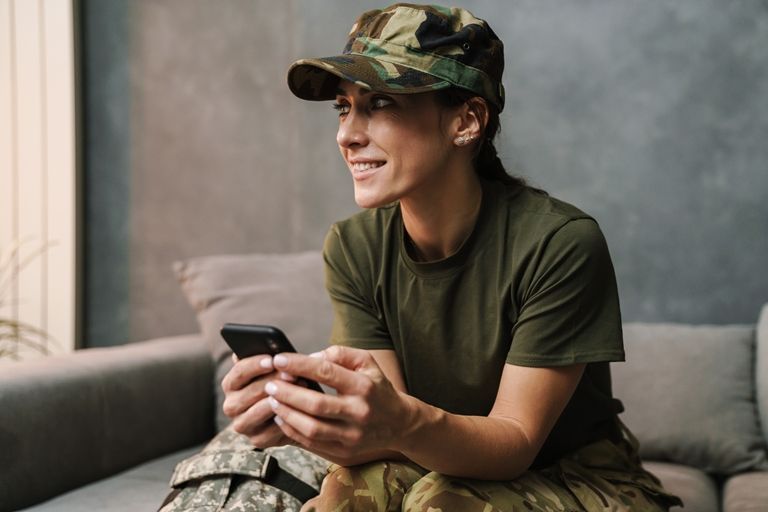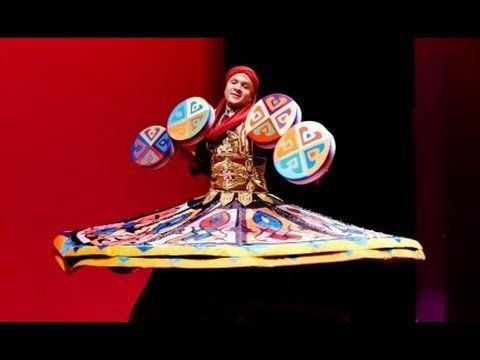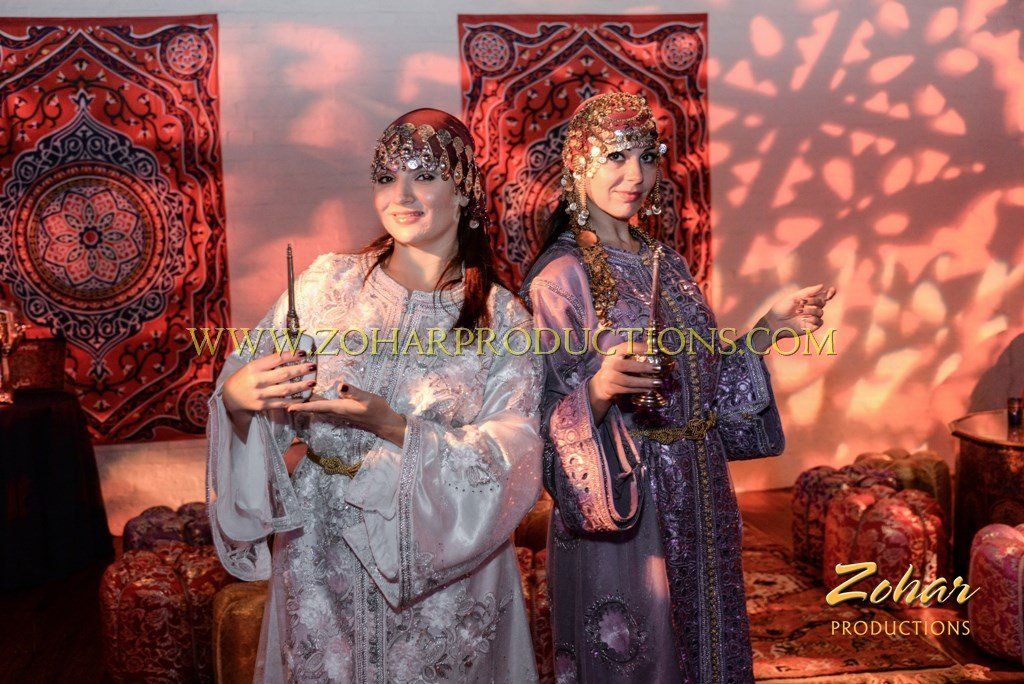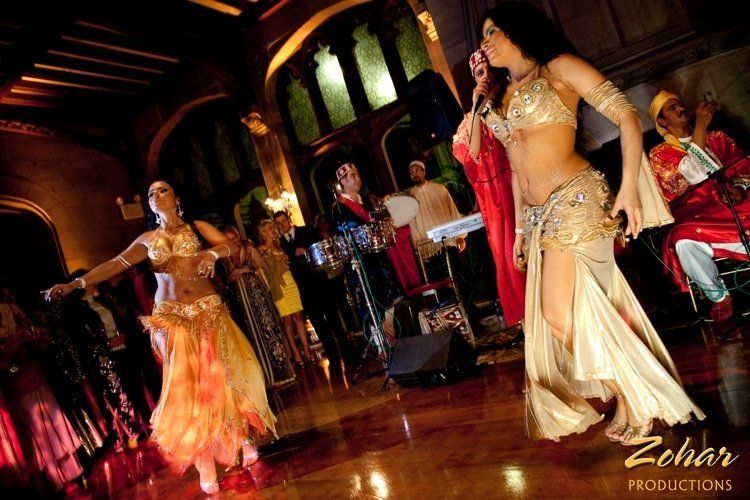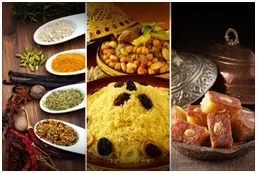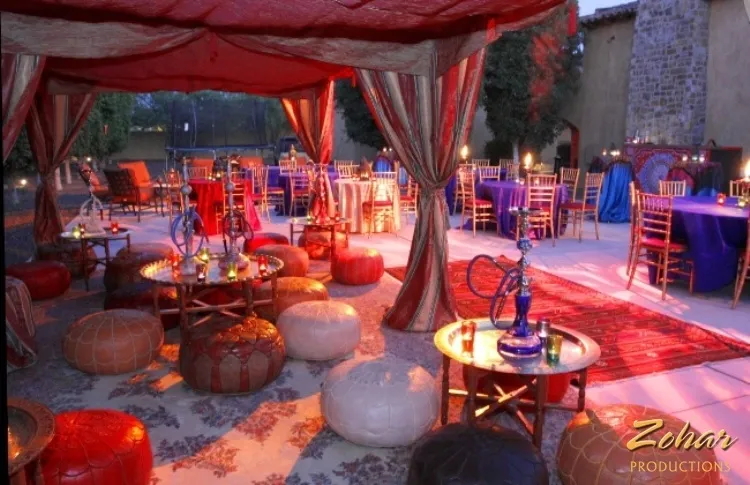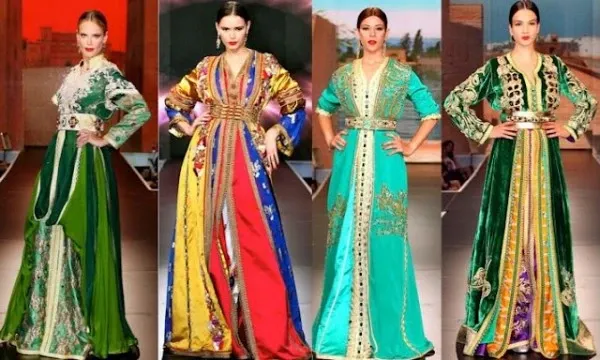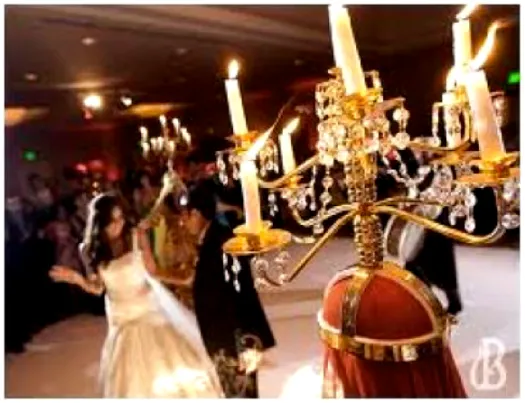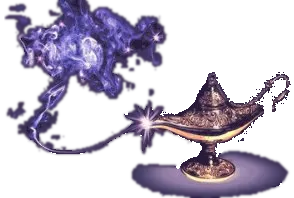Men’s Dances of the Middle East
When picturing a Middle Eastern dancer, most of us have some image of an enchanting, bare midriff woman shimmying with a coin scarf around her hips. While this stereotype may be true of many of today’s belly dancers, men have been publicly performing a variety of folkloric dance styles for centuries. Some of the most popular folkloric styles of dance are Raqs Sharqi, Whirling Dervish, Debke, and the Cane or Stick Dance.
Belly dancing, also known as O riental Dance or Raqs Sharqi is a theatrical adaptation of traditional Arabic folk dances performed by both men and women. It wasn’t until the early 20 th century that it became an exclusively female dance for men. Prior to the period of European influence [late 1800’s], male oriental dancers were not novelties; they were quite common.
Male oriental dancers wear colorfully embroidered vests, shirts, and loose fitting pants. They also wear scarves around their hips, not only for style, but also to emphasize the visibility of their intricate hip movements. Audiences are pleasantly surprised by their ability to control their bodies as they shimmy and undulate, much like their female counterparts, but from a masculine point of view. This oriental dancer is balancing a 3’ tall hookah on his head at the same time as dancing and playing finger cymbals to exemplify his high level of skill.
The Stick or Cane dance, known as Tahtib, is an Egyptian folk dance. This dance involves a lightweight stick or cane that’s typically about 4’ long. Some say this dance is similar to fencing because the dancers use the canes to depict a strategic fighting routine.
Stick and Cane dancing has been featured at many events booked through Zohar Productions including a media event debuting the Trump Organization’s joint real estate venture with Nakheel, a Dubai luxury hotel developer. Below are the dancers posing with Donald Trump, Jr.
Zohar also provided a cane dance performance for an event inaugurating Qatar Airline’s new airline route to Dallas International Airport.
The Whirling Dervish dance is a Sufi dance originating in Turkey. Traditionally, it is performed at a customary worship ceremony where the dancers dress in an all white costume with a tall hat. The spinning of the dervishes symbolizes the journey to reach the source of all perfection.
The Egyptian style of this dance, Tanoura, is a popular form of entertainment at parties. Tanoura dancers wear multiple layers of colorful skirts, mesmerizing the audience as they spin and dance to the music. Zohar Productions provides the Whirling Dervish dance at parties and festivals across the United States.
Debke is a popular Arabic folk dance in several countries including Lebanon, Jordan, and Palestine. Debke performers, dance in a line holding hands or linking arms. When the music begins, they are led by what is called a raas or a lawweeh in a dance of synchronized steps. Debke is traditionally performed at weddings and other festive celebrations where guests can join in on the celebratory dance. The Al-Arz Lebanese Art Group is a Canadian troupe that performs and teaches Debke, as well as other dance styles including Oriental Dance and Zaffé (traditional bride and groom entrance). Zohar booked this talented troupe for the opening night of the U.S. tour of the Jordanian Petra Exhibition, which was underwritten and sponsored by the Queen of Jordan.
Zohar Productions also offers ballroom dancers as party facilitators to dance with the female guests. This “Persian Prince” was a popular party addition at the Arizona Symphony Ball.
Zohar Productions is an event planning company that specializes in Middle Eastern entertainment and authentic decorations for Arabian Nights and Moroccan themed events. Zohar Productions can supply any of the entertainment featured in this blog at your next social or corporate event. Call 800-658-0258 or visit http://www.zoharproductions.com for more information.















